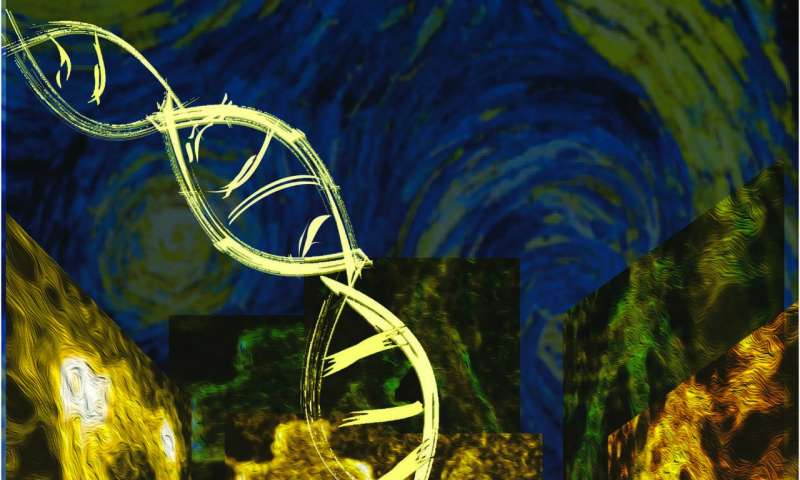Silicon dioxide (a form of silicon) is more commonly known as silica. There are problems with our use of *silica and so it was interesting to see this announcement (from a September 21, 2022 Dow news release on csiwire.com),
MIDLAND, Mich., September 21, 2022 /CSRwire/ – Dow (NYSE: Dow) announced a new engagement with BSB Nanotechnology Joint Stock Company, the world’s first producer of premium rice husk-based specialty silica. Rice husk, a renewable resource produced as a waste product of rice milling, is used for a plethora of diverse applications in the personal care market. This engagement helps accelerate Dow’s commitment towards a bio-based offering. The newly added ingredient – sold under the Dow trademark EcoSmooth™ Rice Husk Cosmetic Powder – delivers optical benefits and a unique sensorial experience for consumers in skin care, hair care and color cosmetic applications.
“Dow’s partnership with BSB Nanotechnology shines a light on how we continue to deliver on our commitment to transition towards a circular and low-carbon personal care offering while fostering valuable relationships with industry trailblazers,” said Isabel Almiro do Vale, global marketing and strategy director for Dow Personal Care. “This partnership is another significant milestone allowing Dow to expand its portfolio of products that enable eco-conscious claims, prioritizing solutions that deliver high-quality, benefits backed by science.”
The product of choice for the eco-conscious consumer, the EcoSmooth™ Rice Husk Cosmetic Powder is the exclusive ingredient to make its debut between the two parties. Compiled from non-GMO natural sources, this silica powder is upcycled from rice husk, a by-product from agriculture. It delivers a smooth feel combined with optical benefits like blurring imperfections and mattifying skin.
“This agreement signifies not only the first step towards a collaboration between Dow and BSB in the personal care sector but has also opened new pathways to other business sectors within Dow where BSB’s bio-based rice husk silica can offer sustainability and multifunctionality,” said Hung Nguyen, CEO of BSB. “BSB will continue to create more innovative and green solutions for the world and offer these additives through global partners like Dow.”
About Dow Personal Care Solutions
Dow Personal Care offers unique, innovative ingredients that empower customers around the world to create products with exceptional performance and exciting benefits that consumers can trust and believe in. Consumers that seek the confidence of a healthy appearance can see and feel the difference in our products through their lustrous hair or radiant and protected skin. We leverage our understanding of customer needs, deep market knowledge and technical expertise—combined with one of the broadest portfolios of technologies—to deliver personal care solutions with outstanding performance that are safe for people and the planet. We foster these innovations on global and local levels to meet the needs of diverse consumers through business centers, research and development (R&D), manufacturing plants and customer applications centers around the world. Please visit for more information.
About Dow
Dow (NYSE: DOW) combines global breadth; asset integration and scale; focused innovation and materials science expertise; leading business positions; and environmental, social and governance (ESG) leadership to achieve profitable growth and deliver a sustainable future. The Company’s ambition is to become the most innovative, customer centric, inclusive and sustainable materials science company in the world. Dow’s portfolio of plastics, industrial intermediates, coatings and silicones businesses delivers a broad range of differentiated, science-based products and solutions for its customers in high-growth market segments, such as packaging, infrastructure, mobility and consumer applications. Dow operates 104 manufacturing sites in 31 countries and employs approximately 35,700 people. Dow delivered sales of approximately $55 billion in 2021. References to Dow or the Company mean Dow Inc. and its subsidiaries. For more information, please visit www.dow.com or follow @DowNewsroom on Twitter.
About BSB Nanotechnology
BSB Nanotechnology Joint Stock Company, an established multi-faceted business, forayed into the rice world through the formulation of rice-based milk, a widely popular beverage in Vietnam. Strategically located in the Mekong Delta, the rice basket of Vietnam, BSB Nanotech taps into the country’s position as the 5th largest rice producer to access the main ingredient to its healthy beverage product. While feeding this nutritious gift of nature to the people of Vietnam, BSB Nanotech was presented with large amounts of rice husk, a waste product of rice milling. Building upon the business principle of reducing waste by reuse, BSB Nanotech has embarked on a journey to discover and create the value that rice husk could offer through its range of premium rice husk silica under the brand Biosilico. For more information, visit www.biosilico.vn .
I’m quite taken with BSB Nanotechnology’s Biosilico About page,
THE JOURNEY FROM ASH TO CASH
BSB Nanotechnology Joint Stock Company, an established multi-faceted business, forayed into the rice world through the formulation of rice-based milk, a widely popular beverage in Vietnam. Strategically located in the Mekong Delta, the rice basket of Vietnam, BSB Nanotech taps into the country’s position as the 5th largest rice producer to access the main ingredient to its healthy beverage product. While feeding this nutritious gift of nature to the people of Vietnam, BSB Nanotech was presented with large amounts of rice husk, a waste product of rice milling. Building upon the business principle of reducing waste by reuse, BSB Nanotech has embarked on a journey to discover the value that rice husk could offer.
In the attempt to derive by-products from rice husk, BSB Nanotech learns that the most significant value held within rice husk ash is the high content of naturally present silica. Currently, sand and quartz are the only other naturally occurring silica sources. However, extracting silica from sand and quartz not only causes health hazards, but sand mining by itself presents a huge ecological and sociological problem. The utilization of rice husk ash to produce nanoporous silica is a positive step towards both a bio-based and circular economy, as ultrafine silica/nanosilica can be manufactured from this renewable resource and agricultural waste.
After 4 years of extensive research and development, a highly dedicated team of researchers of BSB Nanotech has successfully harnessed amorphous silica in its highest purity and quality from this waste material using a unique and patented technology. A new bio-based nanoporous silica under the BIOSILICO brand is now commercially available and can be customized to suit an array of applications.
OUR PROMISE TODAY FOR A BETTER TOMORROW
Today, BSB Nanotech is recognized as the world’s first producer of rice husk based nanoporous silica on a commercial scale. We are currently working with several global partners to expand the range of BIOSILICO’s applications from the Paints and Coatings to Rubber additives and Cosmetics industries.
To ensure that our products are delivered with its promised quality and committed schedule, BSB Nanotech undertook rigorous training and auditing to refine its operation, and production process and documentation to achieve the ISO [International Standards Organisation] QMS certification in 2020.
The company has embarked on a roadmap to become a global producer and developer of rice husk based nanoporous silica in both production volume and diverse applications.

Maybe one of these days we’ll see BSB Nanotechnology at the annual Zero Waste Conference held here in Vancouver (Canada) during the autumn.
*See my July 10, 2014 posting scroll down [about 10%] to the University of California at Riverside news release for difficulties of working with silicon at the nanoscale, then scroll down about 40% to the discussion of Sand Wars, a documentary about how our appetite for silica (silicon dioxide) is depleting our beaches of sand.*

